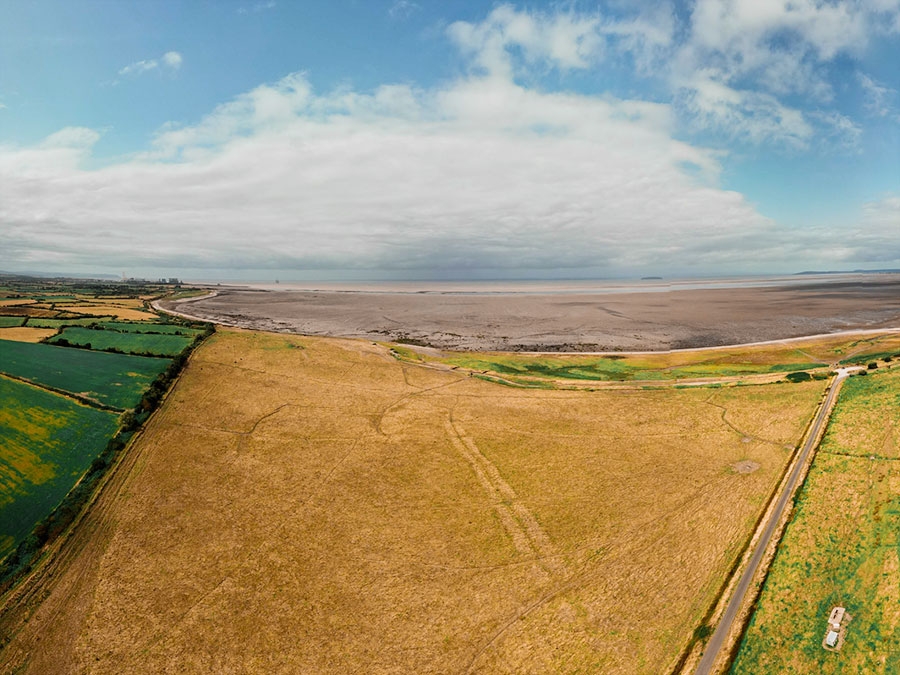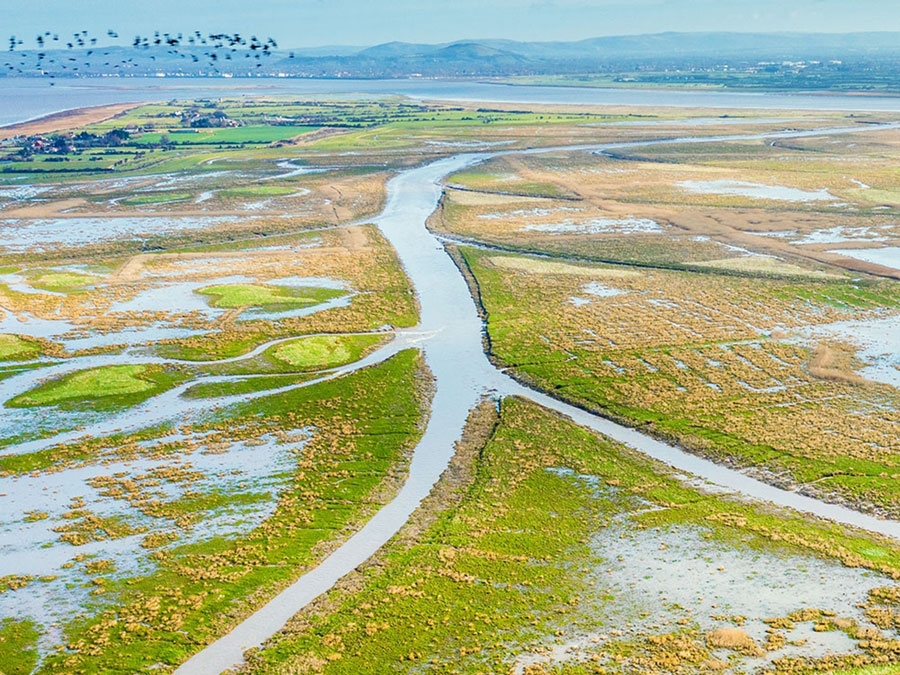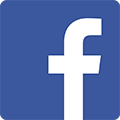Restoring saltmarsh
Biodiversity-bursting, carbon-capturing, flood-busting ecosystems.

The hidden superpowers of saltmarsh
Saltmarshes might look like grass and mud, but these spectacular coastal habitats are tackling some of the world’s most pressing crises.
They’re biodiversity-bursting, carbon-capturing, flood-busting, water-purifying, economy-boosting and mood-lifting ecosystems.
However, 85% of England’s saltmarshes have disappeared since 1860, lost to changes in land use and coastal squeeze – when sea defenses are placed close to tidal waters, limiting the space for saltmarshes to grow.
We must act now to protect one of our most effective tools in the fight against climate change.
Ready to discover how we can restore saltmarshes together?
Let’s dive in.
Your saltmarsh questions answered
What are saltmarshes?
Saltmarshes are low-lying coastal wetlands where land meets the sea. These ever-changing landscapes are flooded and drained by the tides, creating a salty, boggy environment of mud and peat. Saltmarsh habitats are home to specialised salt-tolerant plants and diverse wildlife that adapt to seasonal changes. They’re found in temperate regions worldwide. In the tropics, saltmarshes are replaced by mangroves with salt-tolerant trees rather than low-growing plants.
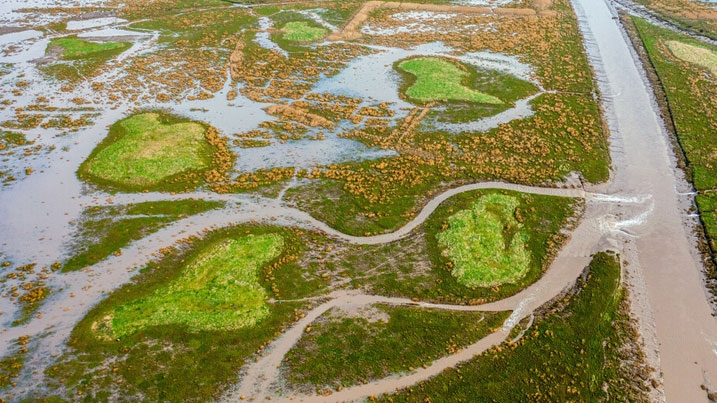
How do saltmarshes form?
Saltmarshes form when mud and silt are deposited along sheltered coastlines. Small salt-tolerant ‘pioneer’ plants take root first, followed by larger plants, creating layers of diverse vegetation. When these plants die, they get buried in the sediment, locking away the carbon they absorbed. This process repeats: plants catch sediment, sediment buries plants and saltmarsh locks away carbon. Restoring these coastal habitats is essential for maintaining their ecological roles and benefits.
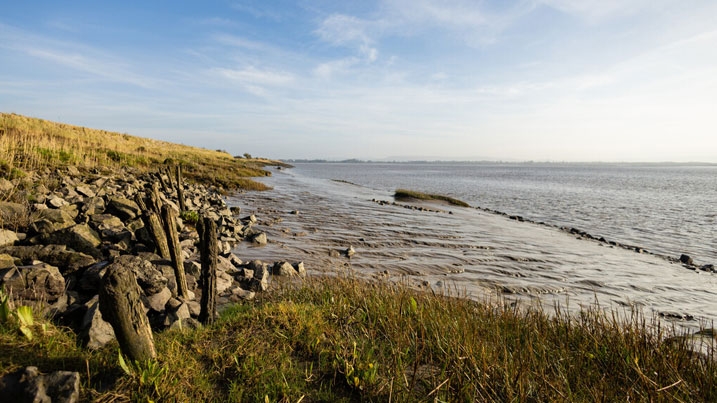
What are the benefits of saltmarsh?
Beneath the surface, saltmarshes are bursting with planet-protecting superpowers. These spectacular ecosystems offer a range of social, climate, economic and environmental benefits. They are:
- Carbon-capturing: Saltmarshes can store carbon 40 times faster than temperate forests. Despite covering less than 2% of ocean area, they account for nearly 50% of carbon burial in marine sediments.
- Flood-buffering: Saltmarshes act as buffers during heavy storms or high tides, working alongside mangroves to protect 60% of the world’s coastal population from rising flood risks.
- Economy-boosting: Saltmarshes support local economies through fishing, tourism and sustainable agriculture. Creating 25,000 hectares of saltmarsh around the UK’s coastline would deliver estimated benefits valued at £1.7 billion over 60 years.
- Biodiversity-bursting: Around 40% of the world’s wildlife depends on wetlands and saltmarshes, making them some of the most biodiverse habitats on earth.
- Water-purifying: Saltmarshes act as natural filters, absorbing pollutants like pesticides, heavy metals and hydrocarbons, significantly improving water quality along coastlines.
- Mood-lifting: Just 10 minutes in a wetland setting can increase positive feelings, making saltmarshes valuable resources for community wellbeing.
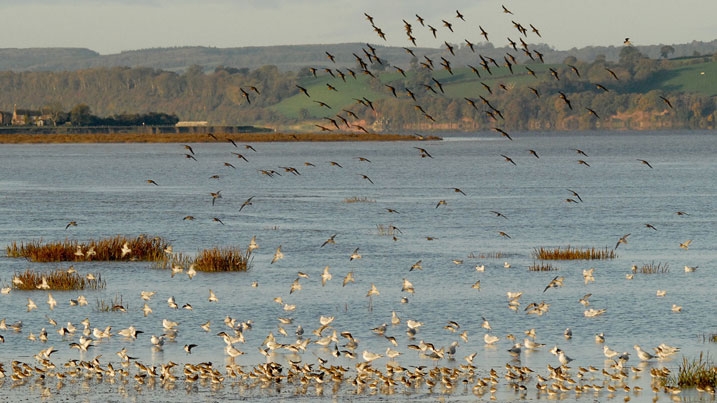
What wildlife can be found in saltmarsh habitats?
Saltmarshes are dynamic ecosystems that support an array of wildlife uniquely adapted to the conditions of these intertidal landscapes. Saltmarshes provide important breeding grounds, feeding areas and high-tide refuges for a diverse range of species, from birds and fish to invertebrates, mammals and even amphibians.
You can read more about the amazing wildlife on the UK’s saltmarshes here.
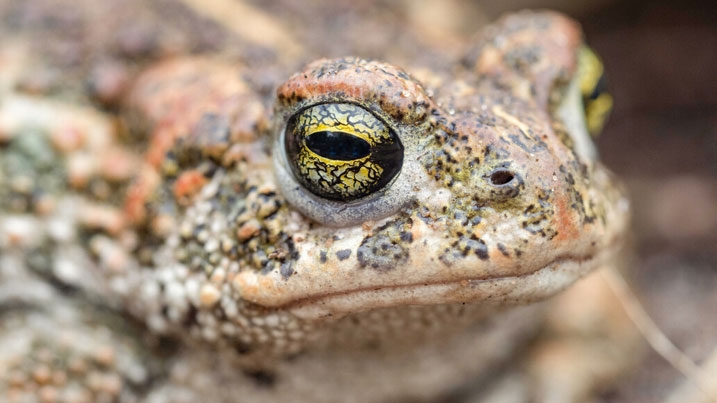
Why are saltmarshes under threat?
Just 45,000 hectares of saltmarsh remain in the UK. This dramatic loss is due to land conversion and coastal squeeze, when infrastructure prevents habitats from moving inland in response to rising sea levels. However, there is hope. In England, saltmarsh habitat increased by 7% between 2009 and 2019, showing that with proper management and restoration efforts, we can help these coastal habitats burst back to life.

What is WWT doing to restore saltmarsh habitats?
Saltmarsh restoration is a powerful tool in fighting climate change and biodiversity loss.
At WWT we are taking action for saltmarshes here in the UK and worldwide, while working to empower others to do the same.
We are getting muddy, leading the way in saltmarsh restoration with pioneering large-scale projects and partnerships that demonstrate the power of these ecosystems.
We are also carrying out world-leading research into the benefits of these understudied habitats. We have already begun investigating the incredible value saltmarshes could bring to people and nature with our Wetland Potential Maps, but there is much more to learn.
Here are just some of the ways we're making a difference now.
How you can help with saltmarsh restoration
Just like tiny ‘pioneer’ plants create marshland, even the smallest actions for saltmarsh restoration can yield extraordinary results. Here’s how you can be a part of saltmarsh creation and restoration:
Visit - experience the wonder of saltmarshes up close at one of our Wetland Centres around the UK. Saltmarsh habitats can be found at WWT Steart Marshes, WWT Caerlaverock, WWT Slimbridge, WWT Castle Espie and WWT Llanelli.
Support - join our mission to restore 100,000 hectares of wetlands in the UK, either by visiting your local Wetland Centre, donating to WWT or becoming a corporate partner.
Connect - share the importance of saltmarshes with your community. Follow us on social media and help us spread the word about the super-powered ecosystems.
Want to talk to us about saltmarsh restoration?
We’re always interested to hear about new saltmarsh restoration projects, from policy-makers looking to help us unleash the power of wetlands and partners interested in funding our work on saltmarsh habitats. If that’s you, please get in touch.

